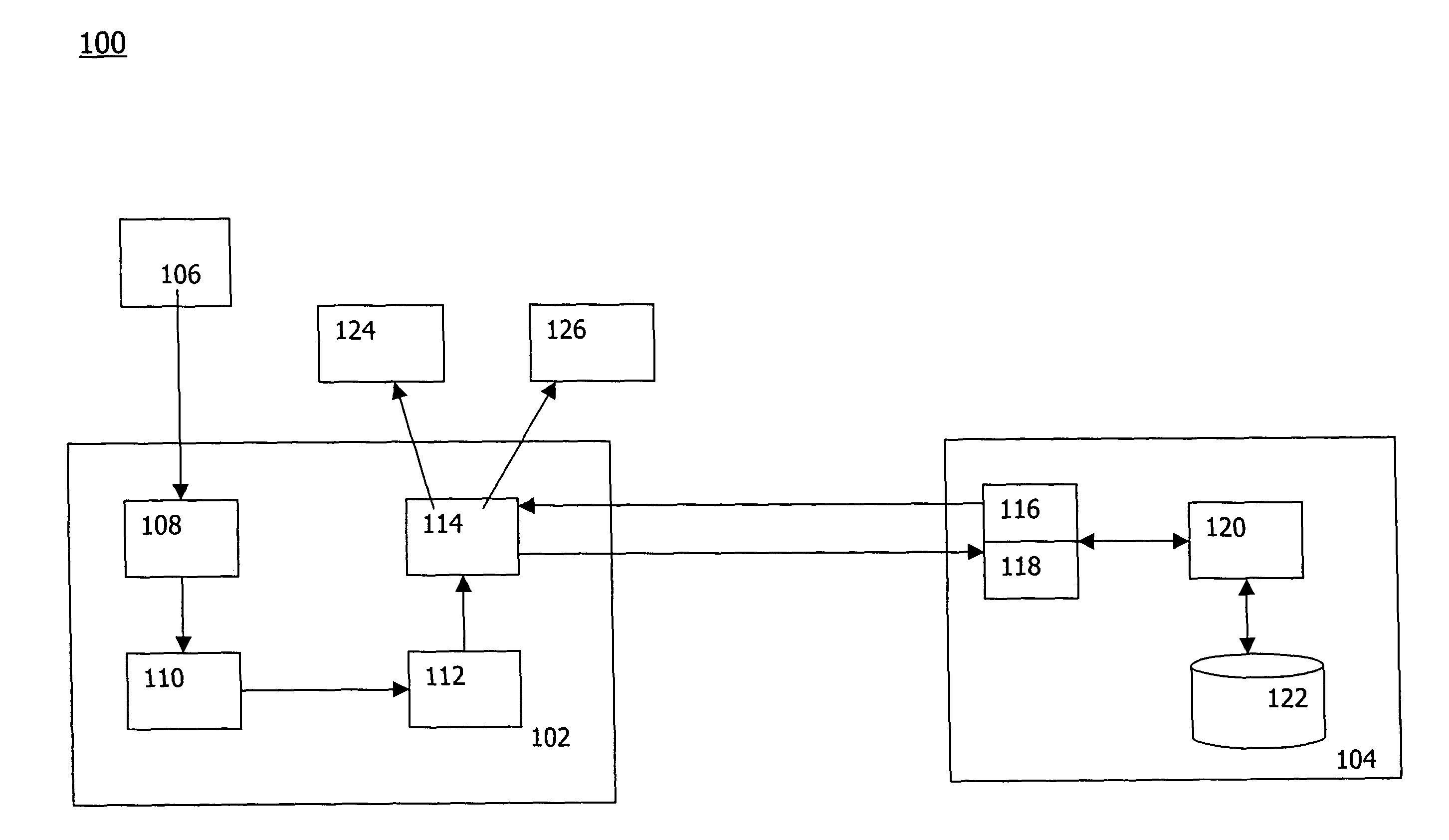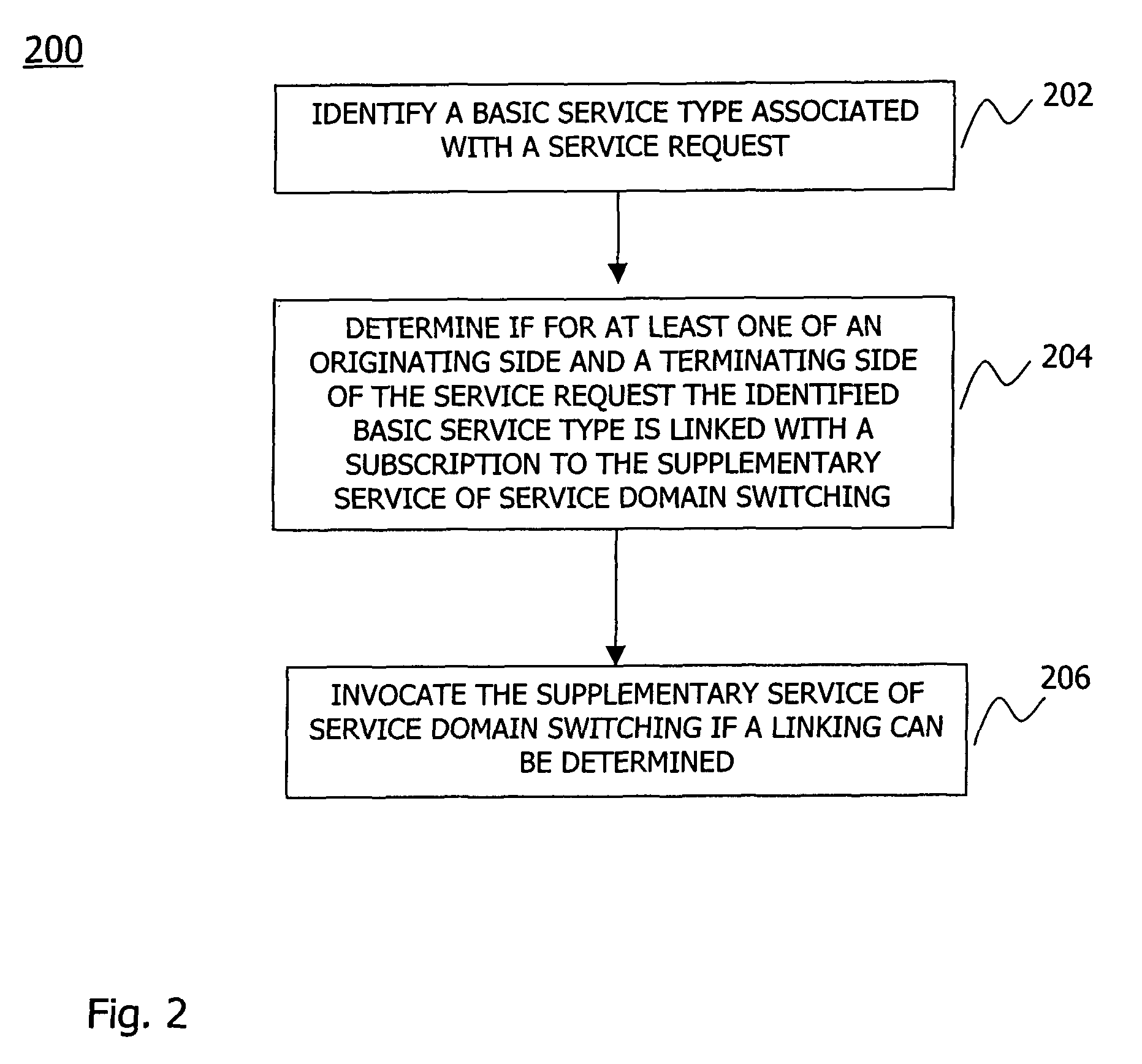Technique for service domain selection
a domain selection and domain technology, applied in the field of service domain selection technique, can solve the problems of not fitting very well into the existing network environment, the approach of controlling domain selection via a dedicated mapping scheme, and the older user terminals that do not support this decision logic will be barred from service domain selection, so as to achieve high flexibility and facilitate integration
- Summary
- Abstract
- Description
- Claims
- Application Information
AI Technical Summary
Benefits of technology
Problems solved by technology
Method used
Image
Examples
Embodiment Construction
[0039]In the following description, for purposes of explanation and not limitation, specific details are set forth, such as particular sequences of steps, interfaces and configurations, in order to provide a thorough understanding of the present invention. It will be apparent to one skilled in the art that the present invention may be practiced in other embodiments that depart from these specific details.
[0040]Moreover, those skilled in the art will appreciate that the functions explained herein below may be implemented using software functioning in conjunction with a programmed microprocessor or general purpose computers. It will also be appreciated that while the current invention is primarily described in the form of methods and apparatuses, the invention may also be embodied in a computer program product as well as in a system comprising a computer processor and a memory coupled to the processor, wherein the memory is encoded with one or more programs that may perform the functi...
PUM
 Login to View More
Login to View More Abstract
Description
Claims
Application Information
 Login to View More
Login to View More - R&D
- Intellectual Property
- Life Sciences
- Materials
- Tech Scout
- Unparalleled Data Quality
- Higher Quality Content
- 60% Fewer Hallucinations
Browse by: Latest US Patents, China's latest patents, Technical Efficacy Thesaurus, Application Domain, Technology Topic, Popular Technical Reports.
© 2025 PatSnap. All rights reserved.Legal|Privacy policy|Modern Slavery Act Transparency Statement|Sitemap|About US| Contact US: help@patsnap.com



